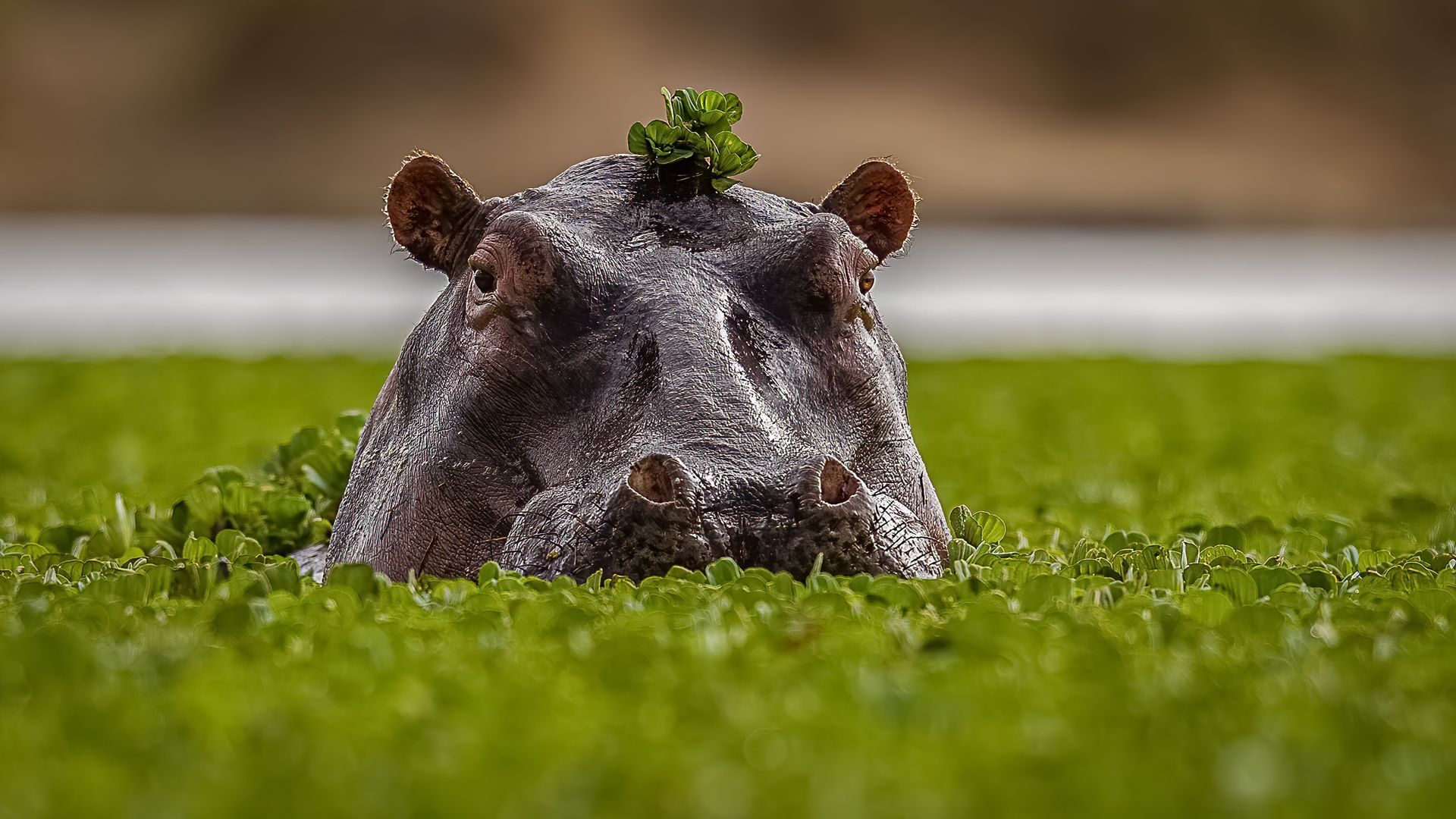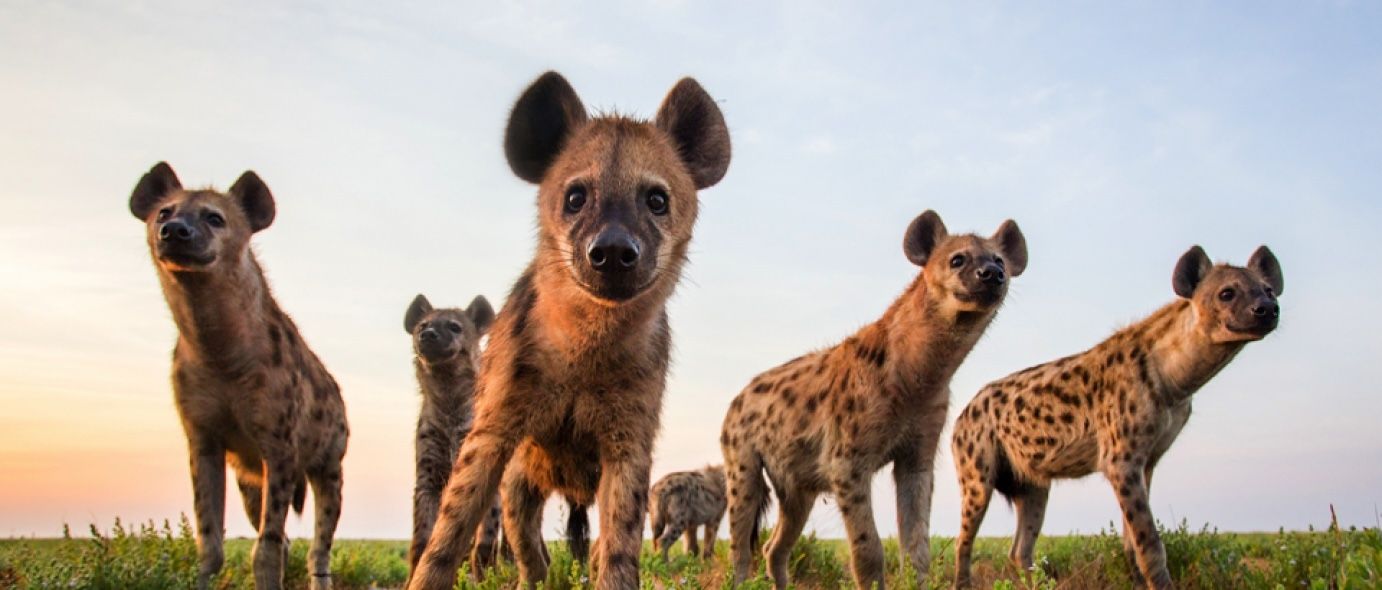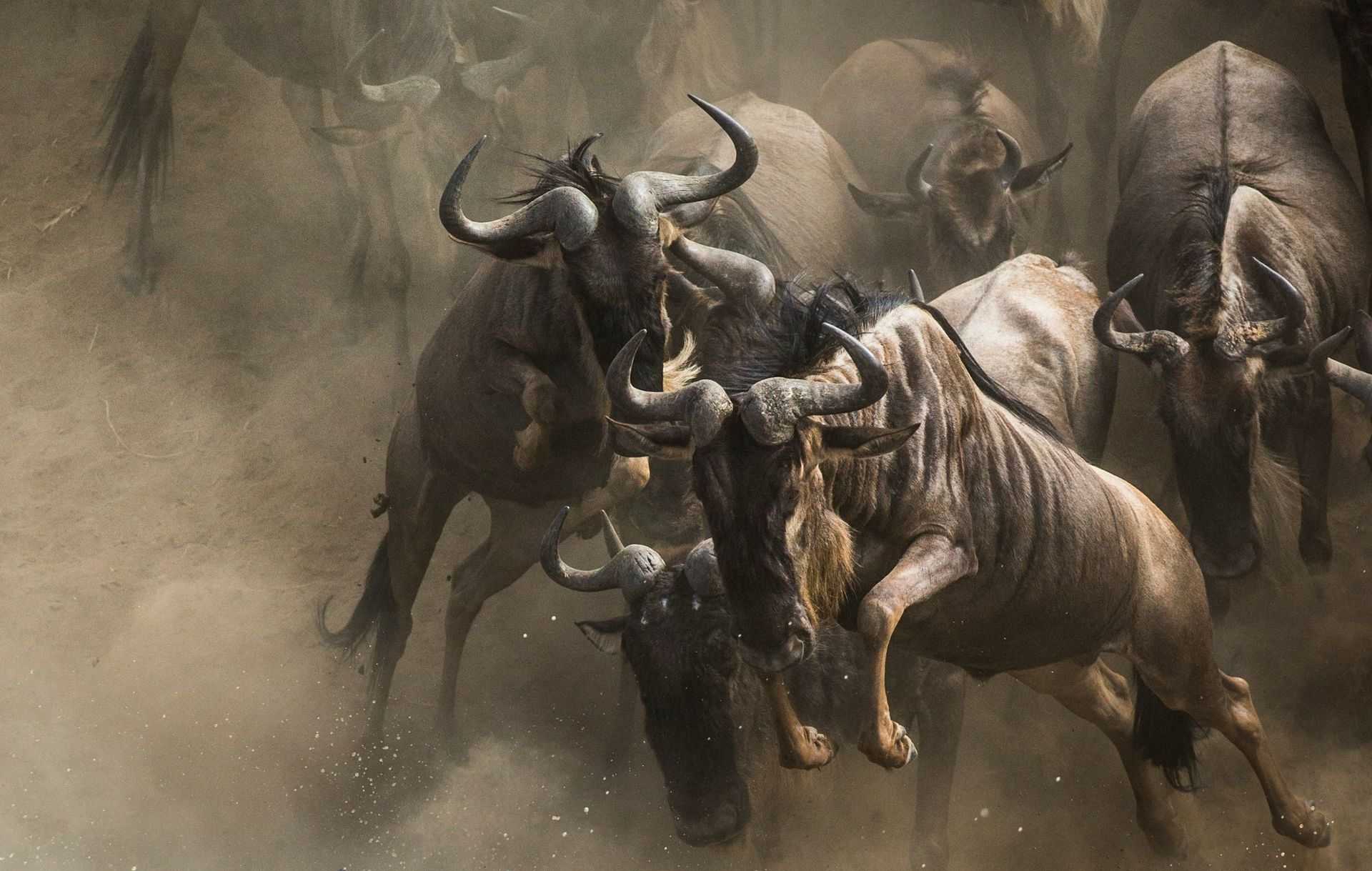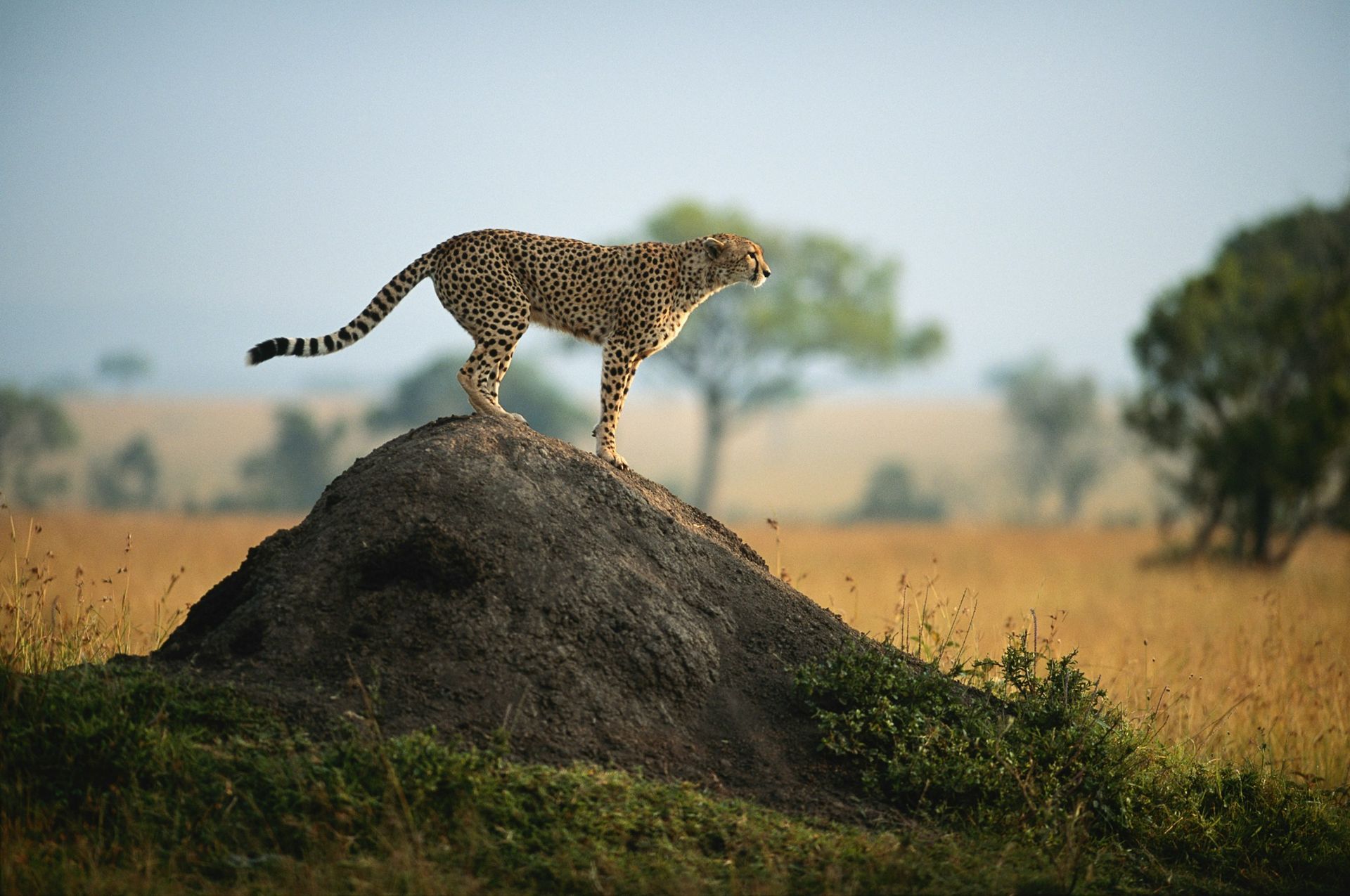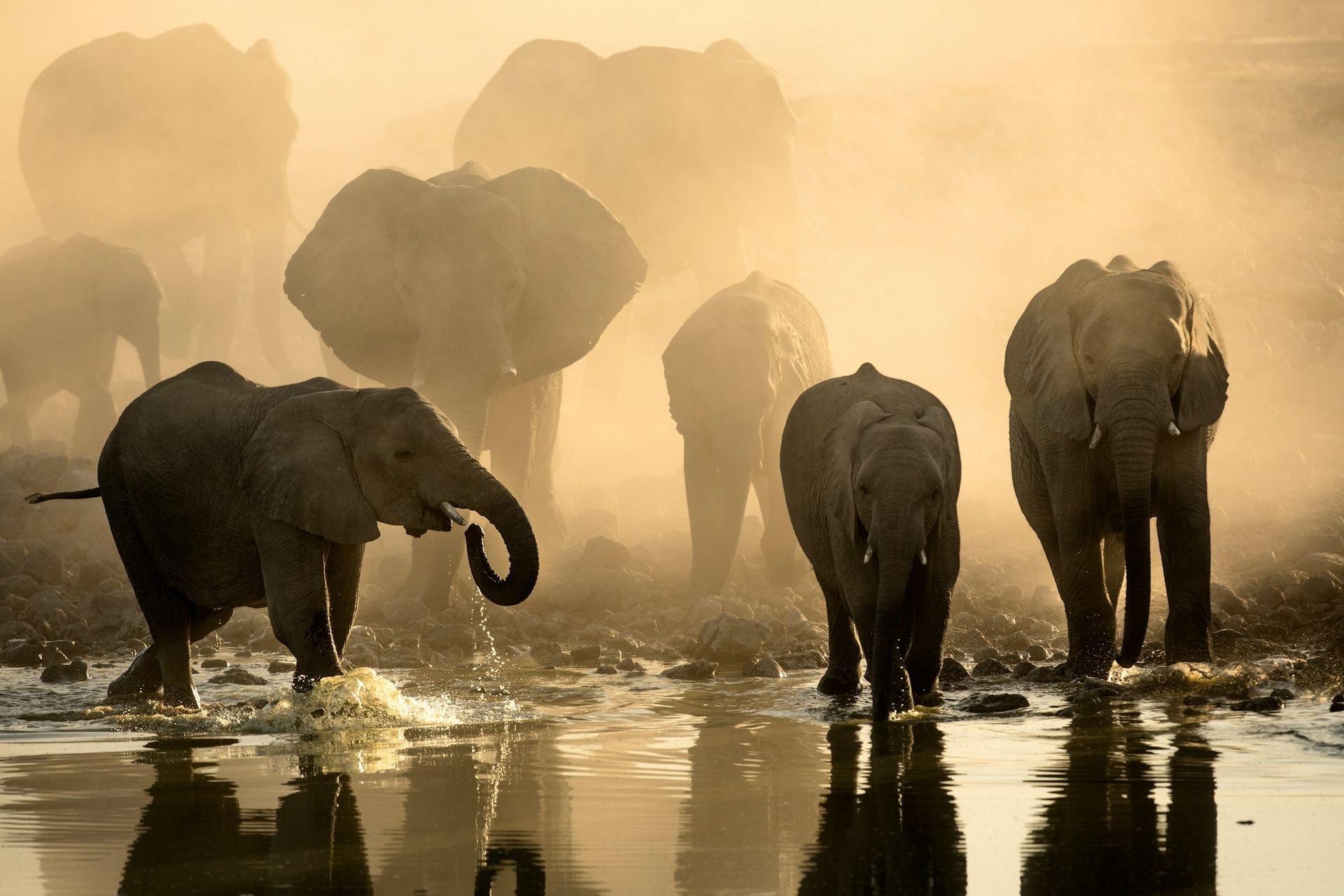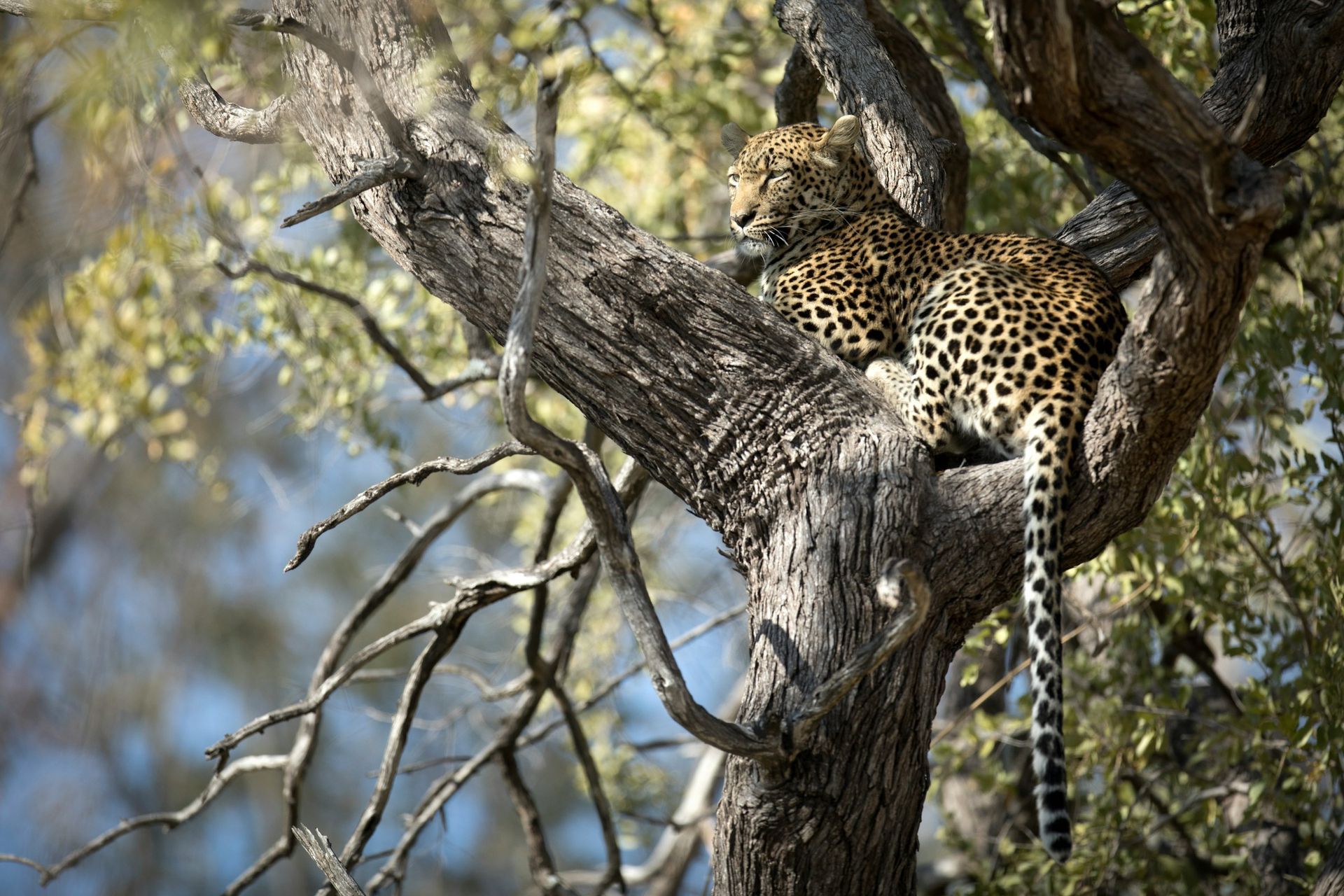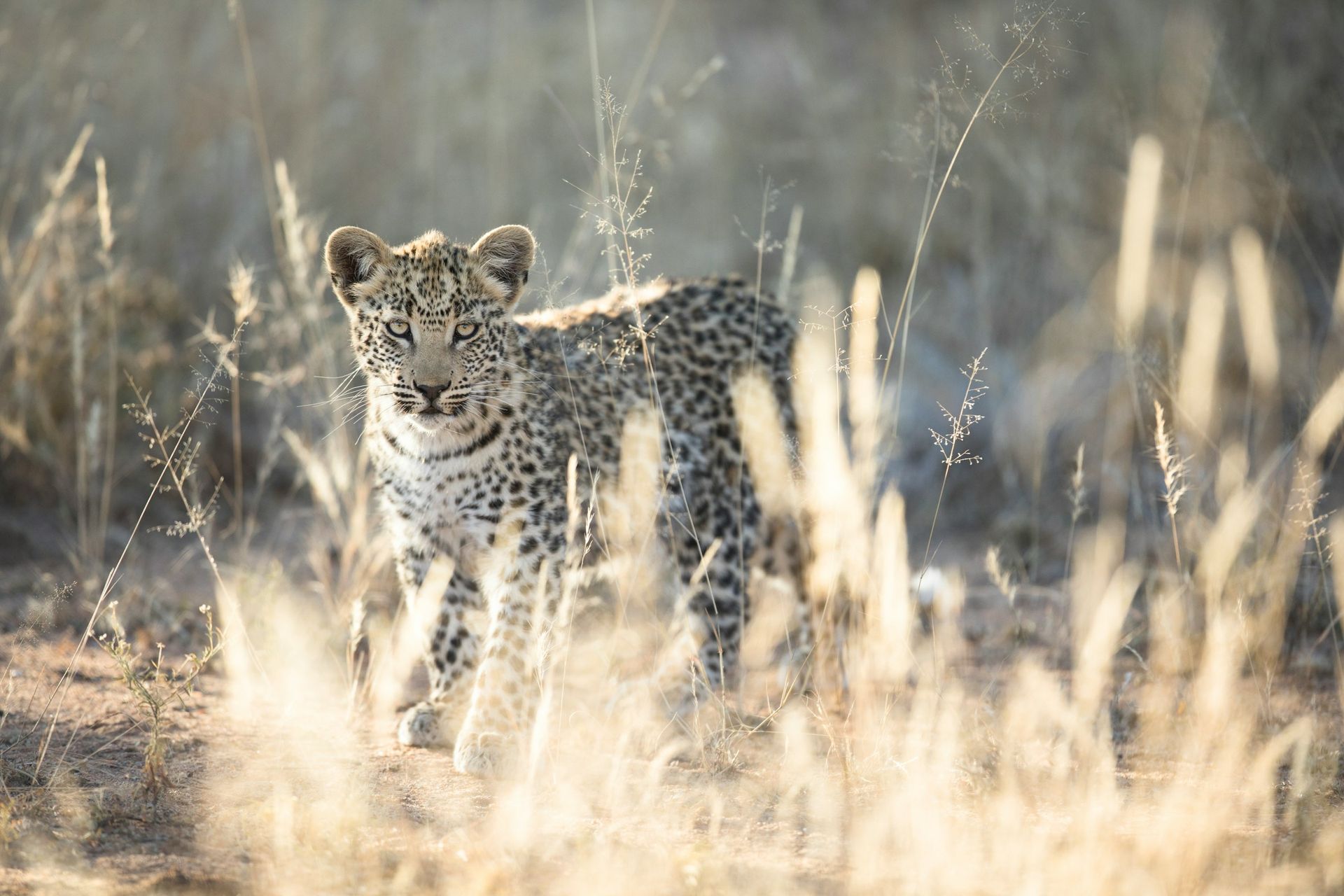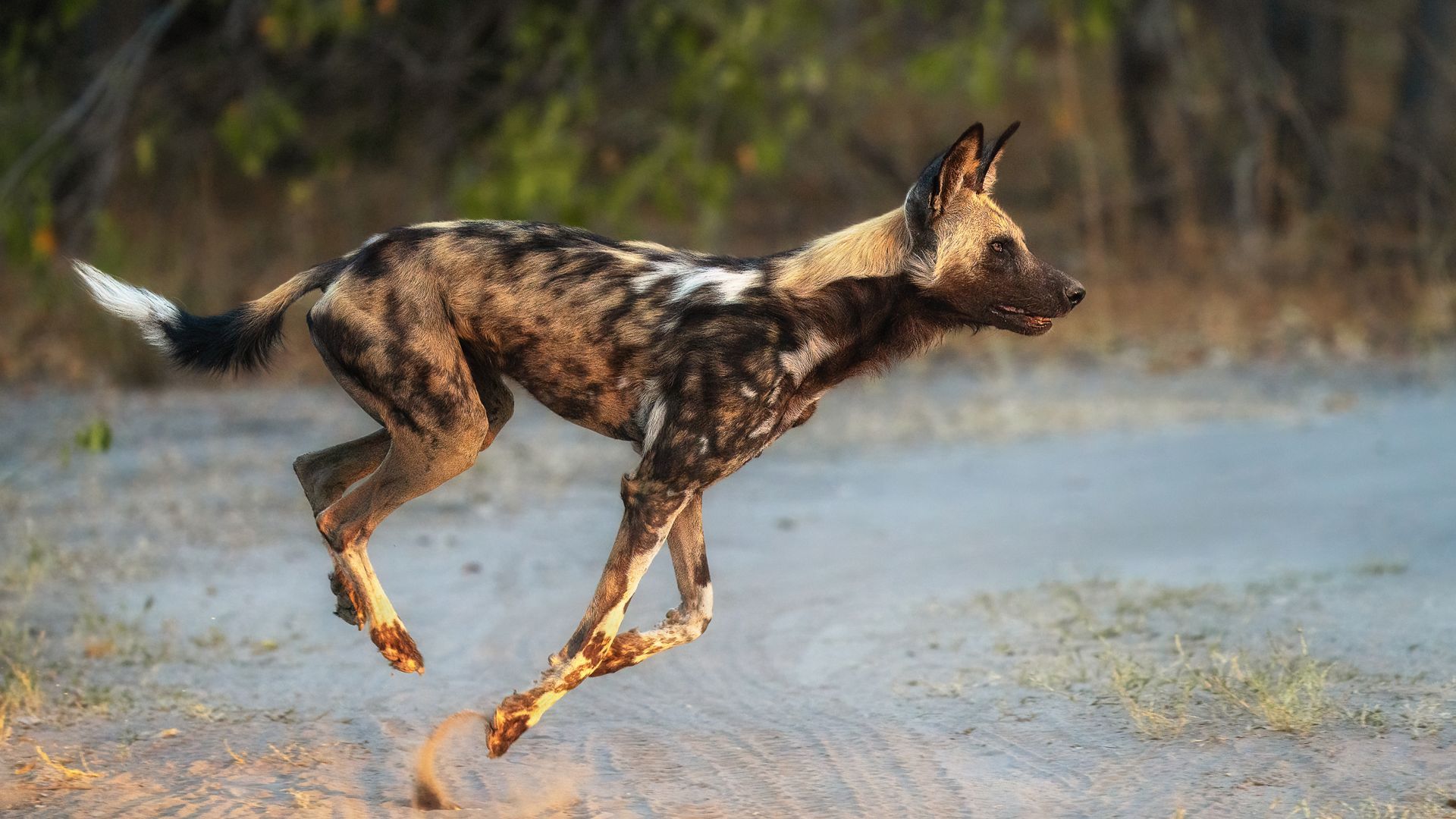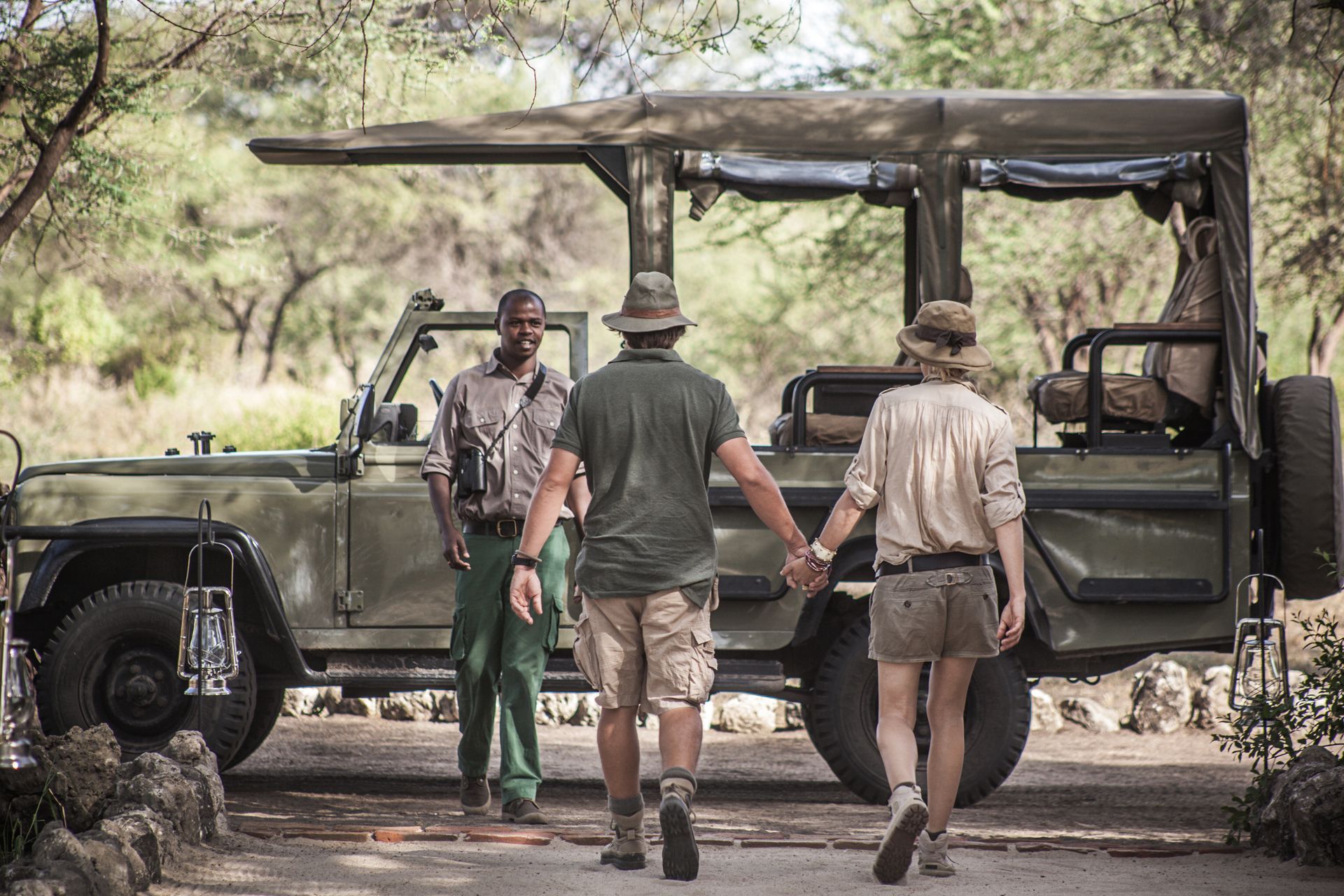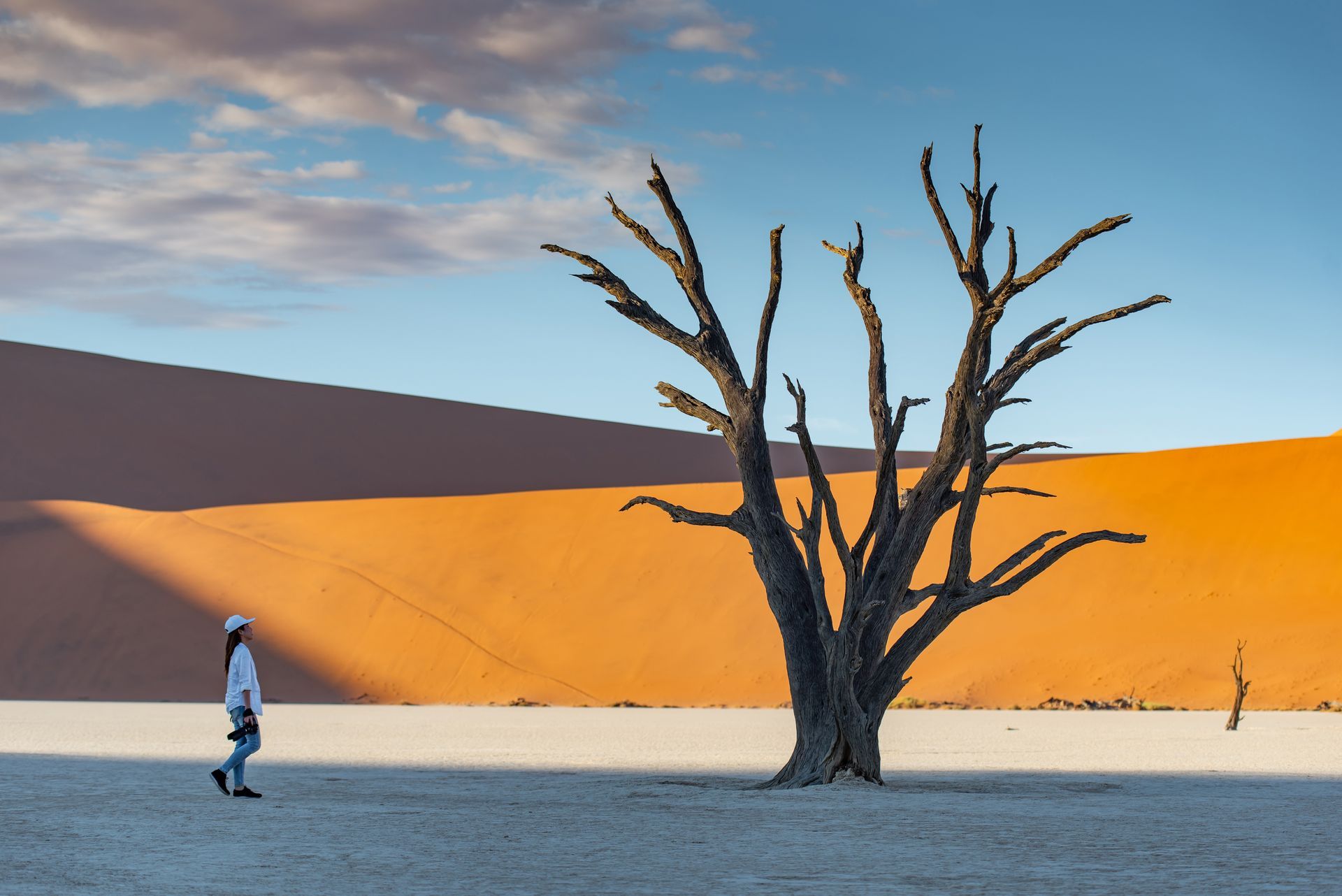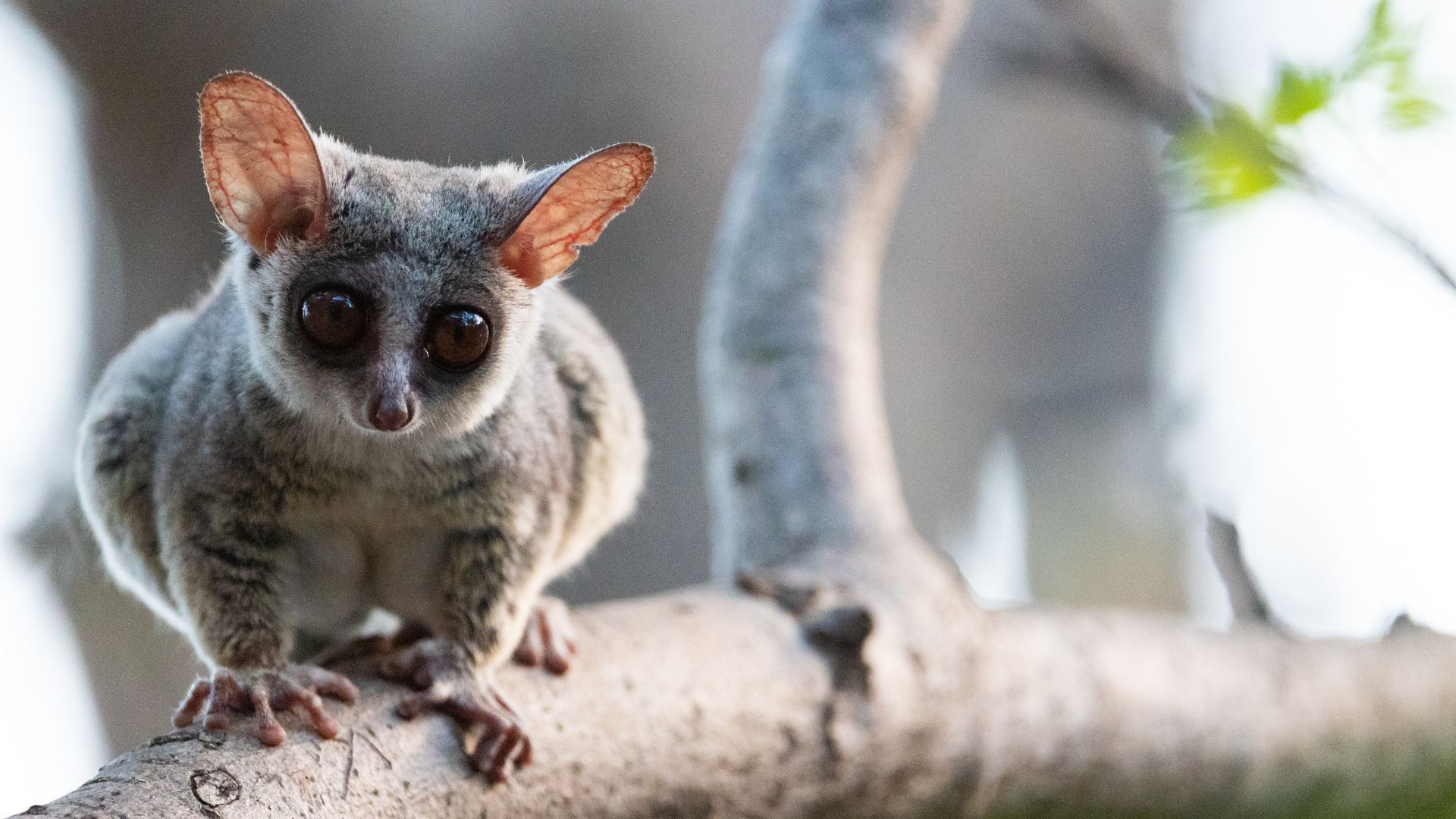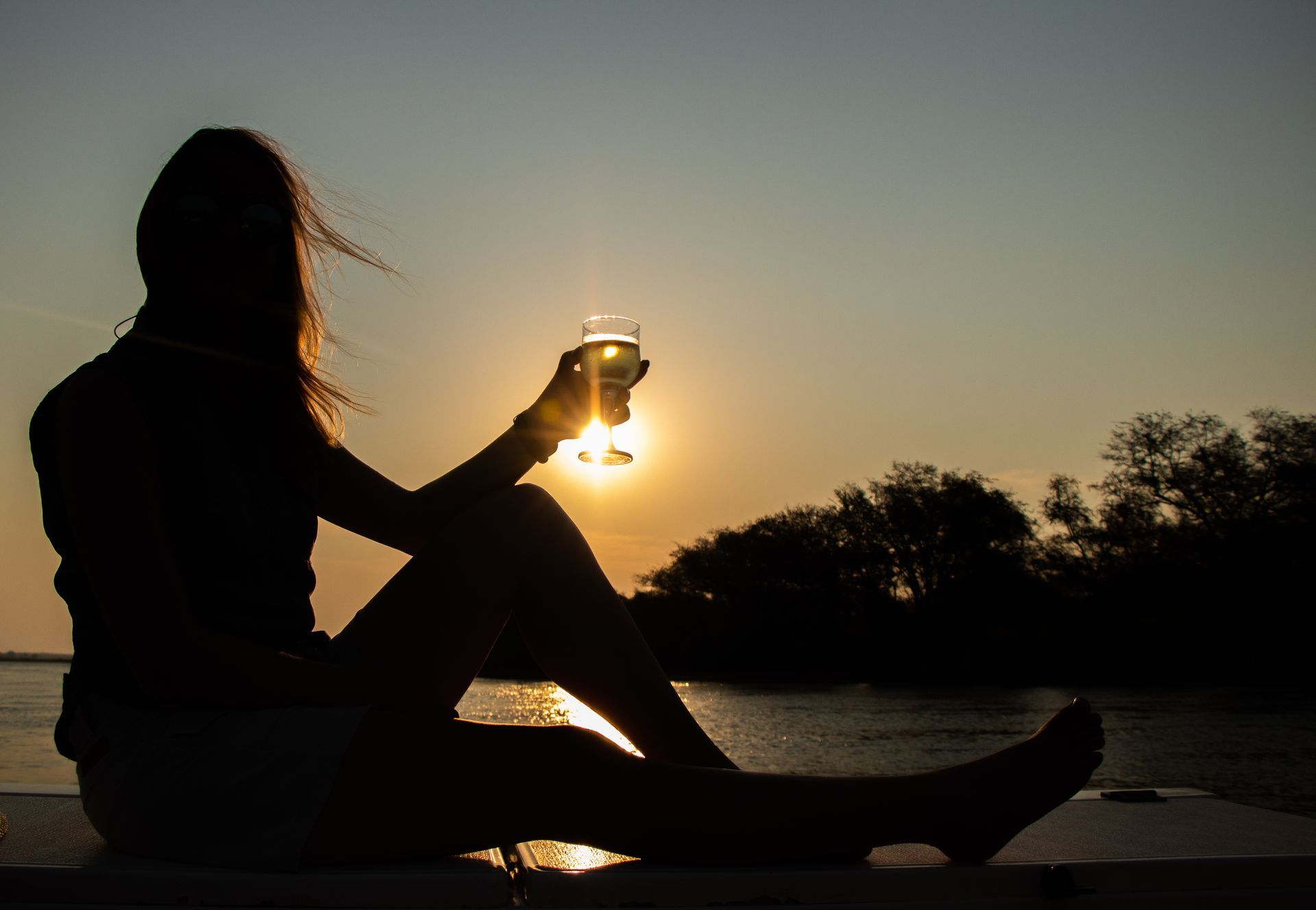SHOOT FOR THE STARS!
The Zafaris guide to taking fabulous photos on safari
There’s something deliciously humbling about pointing your lens at a lion mid-yawn or catching that exact moment a lilac-breasted roller lifts into flight. Africa doesn’t just do drama - it delivers it in natural light, with minimal direction, and zero retakes. So whether you’re toting a lens the size of a missile or just relying on your ever-loyal phone camera, here’s how to choose the right destination for your dream photographic safari - and what kit (or lack thereof) will get the job done.
Let’s start with the golden rule: location matters. If you’re after those iconic wildlife shots - think leopards draped over marula branches or herds of elephant kicking up dust at sunset - you need to go where the sightings are not just good, but gloriously consistent. That’s why the Masai Mara, Okavango Delta, and the Serengeti are always at the top of a photographer’s wish list.
Open landscapes, incredible light, and predators in spades? Yes please. But if you want fewer game vehicles in your frame and more space to line up that perfect shot, opt for private concessions like Mara North, Naboisho, or the Khwai region of Botswana. Off-road driving and extended time at sightings mean you’re not shooting on the clock.
Timing is also everything. The dry season offers crisp, clear conditions and animals clustered around water sources - great for that high-drama, low-effort shot. But don’t dismiss the green season. The light gets soft and moody, the skies come alive, and everything from birdlife to baby animals is in abundance. Yes, you might get a bit of rain on your lens, but you’ll also get those rich, contrasty backdrops that make your photos pop without even trying.
Now, let’s talk gear. If you’ve got a DSLR or mirrorless system, you’ll want a decent zoom - something like a 100-400mm or 200-600mm gives you reach without wrestling with a tripod. A fast wide-angle lens is also gold for landscapes and those magical pre-dawn shots around camp. Don’t forget a beanbag or monopod for support (game drives are bumpy affairs), extra memory cards, spare batteries, and a dry bag to fend off the elements. And if you’re serious about it, a second camera body saves precious time when you’re switching from lion portraits to thundercloud-streaked horizons.
But what if all that sounds like a headache and you’re just here for the giraffes and G&Ts? Don’t panic. Your phone camera will do just fine - better than fine, in fact, if you know how to work it. Most modern phones shoot in RAW, have excellent low-light capabilities, and stabilisation that makes handheld game drive shots look silky smooth. Use burst mode for action, tap to expose for bright skies or dark shadows, and invest in a lightweight clip-on zoom lens if you’re feeling fancy. A small power bank will keep you juiced for those impromptu bush selfies or unexpected leopard crossings.
Better still, many lodges offer photographic safari vehicles with custom rigs and a pro photographer to help you get the most out of your kit - whatever it looks like. Some even provide loaner cameras or smartphone accessories, so you’re never left fumbling while the action unfolds.
And here’s the kicker: sometimes the best moments aren’t meant to be captured. Put the camera down occasionally. Let the cheetah blur into a memory, not a megapixel. Let your eyes, not your lens, do the work.
In the end, safari photography isn’t about perfect images. It’s about storytelling. Whether you’re publishing a photo book or just showing your mum a blurry elephant butt on your iPhone, the magic is the same. Africa gives you the show - you just need to show up.
And when you do, don’t be surprised if the rhythm of the bush starts to change the way you shoot. Slower, more intentional. Less “spray and pray” and more waiting for the moment to come to you. The crackle of anticipation before a lion emerges from the reeds. The quiet pulse of a dawn sky just before the sun breaches the horizon. You don’t have to be a pro to feel that magic, and you certainly don’t need a Pulitzer to capture it.
Just bring an open mind, a bit of patience, and whatever camera makes you happy. Because in the end, the best safari shots aren’t always the sharpest - they’re the ones that make you feel something long after the dust has settled.
Text: Sharon Gilbert-Rivett
